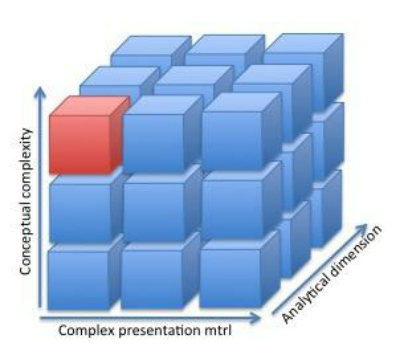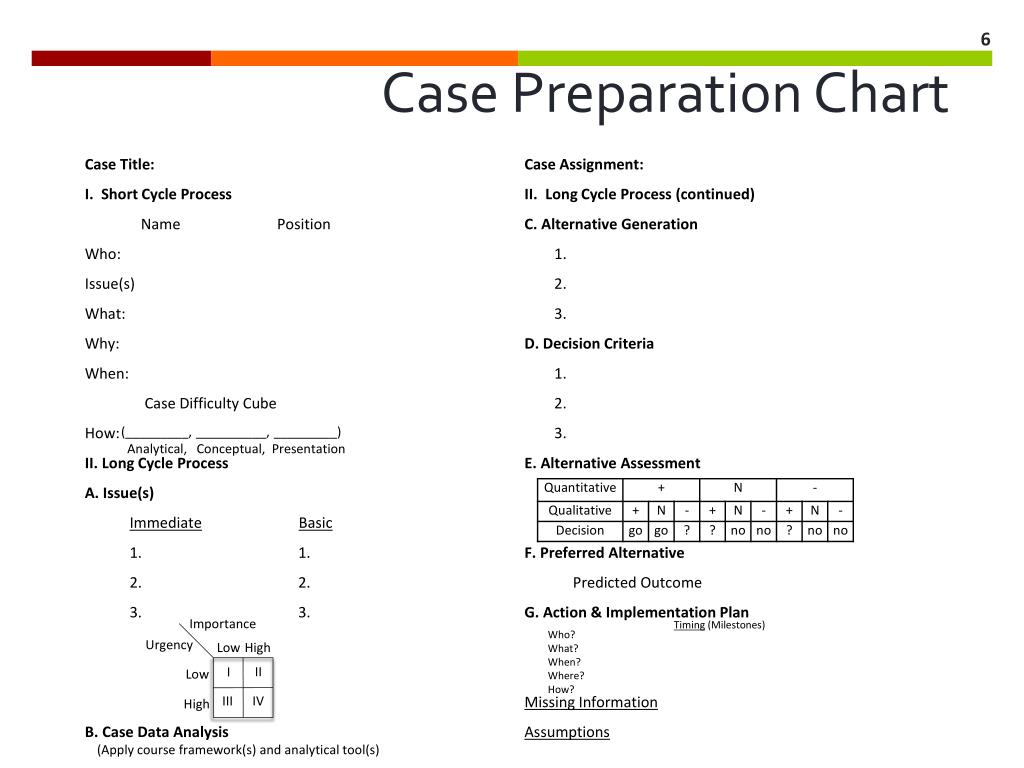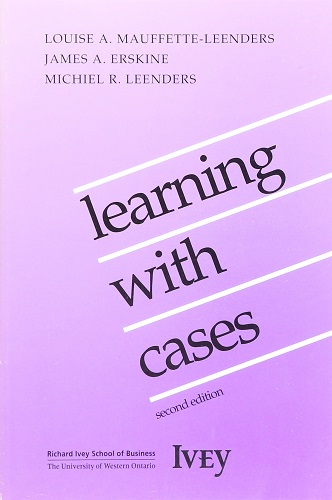Category: Personal Growth
(61 von 100)
Why: I want to know how business is taught in school.
Goal: Learn how to learn actively.
Table of Contents
Action: Classify Difficulty Dimensions of the Case.
3 Key Concepts
- Learning is always the learning of “something.”
- Spend effort wisely with difficulty dimensions classification.
- Learning well requires discussion, discussion requires preparation: Do your homework.
Summary
How to learn anything more efficiently?
Learn through the analysis of real cases connects theory to practice.
Because there is often no single solution to a problem, this system allows you to enrich yourself with multiple ideas, experiences, and points of view.
This book is about learning by the case method. Written from a student perspective, it focuses on learning fast and effectively. It gives useful aids through the Case Difficulty Cube, the Short and Long Cycle Processes of individual preparation.
Learning is always the learning of “something.”
There is no such thing as learning itself; therefore, the clear expectation of an outcome from learning is a prerequisite.
Cases simulate real-life business situations. You are the main character in the case that is facing a tricky challenge or decision. This is an “active learning” method.
Class participants discuss possible solutions and analyze the pros and cons of various approaches to the problem.
Two Key Frameworks
1: Difficulty Cube
- Analytical (1-3)
“What is the case reader’s task with respect to the key decision?” - Conceptual (1-3)
“What theories, concepts or techniques might be useful in the understanding of this case situation?” - Presentation (1-3)
“What is really important and relevant information here and what is still missing?”
You classify cases on these three dimensions. It allows you to save time by preventing aimless reading.
The goal is to have a better sense of what you are doing in each specific case. Know where to focus and produce the maximum benefit of limited time.
Ex. (3,1,1) = highly analytical case! Spend effort and time reading.
Ex. (1,3,1) = highly conceptual case! Spend effort and time thinking.
Ex. (1,1,3) = mainly presentation case! Spend effort and time structuring.

2: Three Stage Learning
- Individual Preparation
Take on the role and responsibilities of the decision maker in the case. It is so easy to say “I think he should do this” than “I would do this under these circumstances.” - Small Group Discussion
Important linking stage between self-prep and large group discussion. Here you must teach other. Find out what you understand and what not.
Teaching is known to be most-skipped stage of learning! - Large Group Discussion
First recognize “Do I now understand what this whole situation is all about?”
If not, the problem is mostly likely your insufficient preparation in the first 2 stages.
Second review “In view of my understanding at the end of this class, what insights have I gained that can help me prepare better in the future?”
Not confident to do the large group discussion?
Prepare more.
DO YOUR HOMEWORK.
Prep: short and long cycles
Short cycle: get a good fell or size-up for the case
- Read opening and ending paragraphs
- Who? What? Why? When? How?
- Quick look at the case exhibits
- Quick review of case subtitles
- Skim case body
- Read assignment questions and reflect
Long cycle: analyze and solve the case
- Define the issue
- Analyze the case data
- Generate alternatives
- Select decision criteria
- Assess alternatives
- Select preferred alternative
- Develop an action and implementation plan

Cases are to management students what real bodies are to medical students – an opportunity to practice harmlessly.
To sum up
The whole process of learning with cases is based on the philosophy that you learn better by being actively involved in your own learning. So go out and start teaching!
Goal check: I learned that I need to practice learning actively.
Wasu’s Review
( 4.0 / 5.0 )
Get this book on Amazon here!
Bonus:
Clyde Freeman Herreid provides eleven basic rules for case-based learning.
- Tells a story.
- Focuses on an interest-arousing issue.
- Set in the past five years
- Creates empathy with the central characters.
- Includes quotations. There is no better way to understand a situation and to gain empathy for the characters
- Relevant to the reader.
- Must have pedagogic utility.
- Conflict provoking.
- Decision forcing.
- Has generality.
- Is short.

